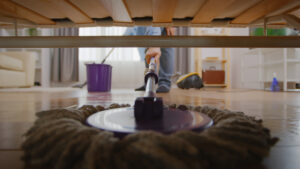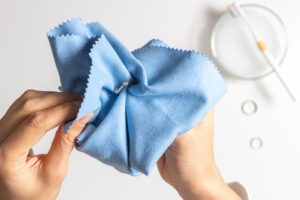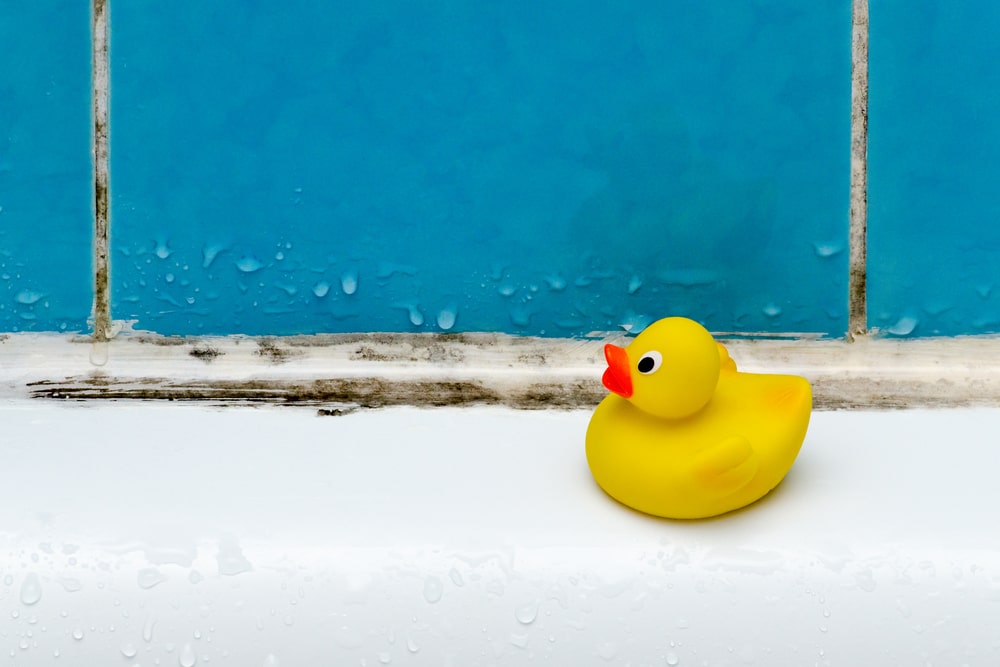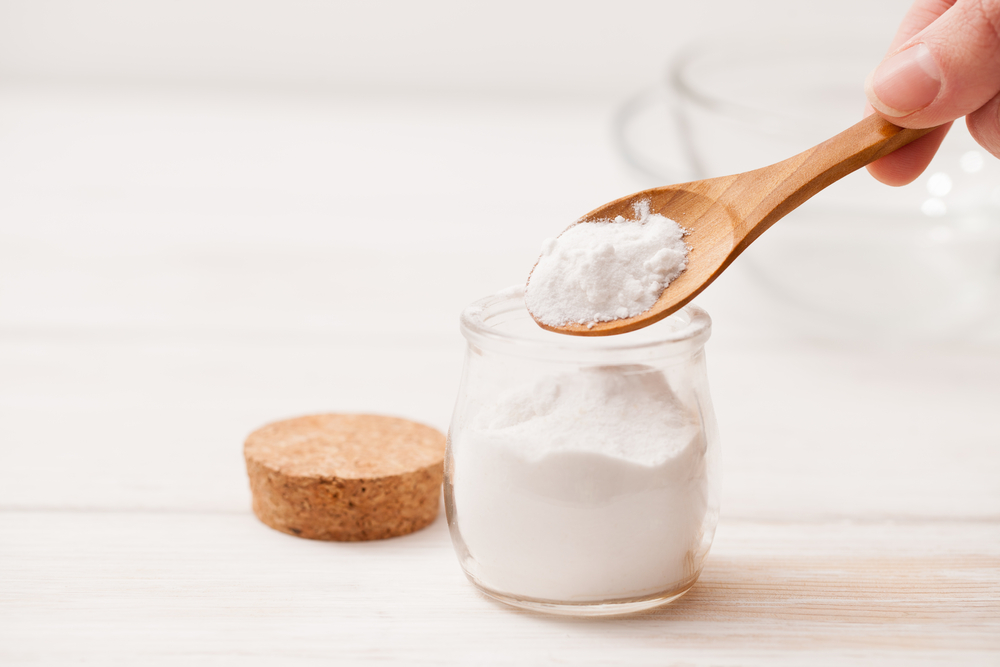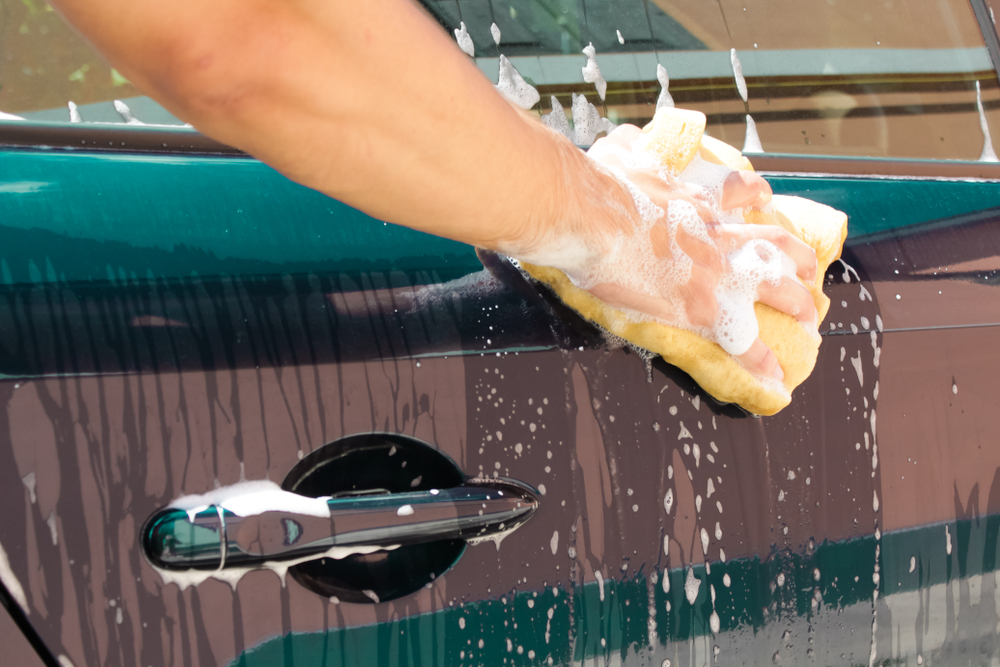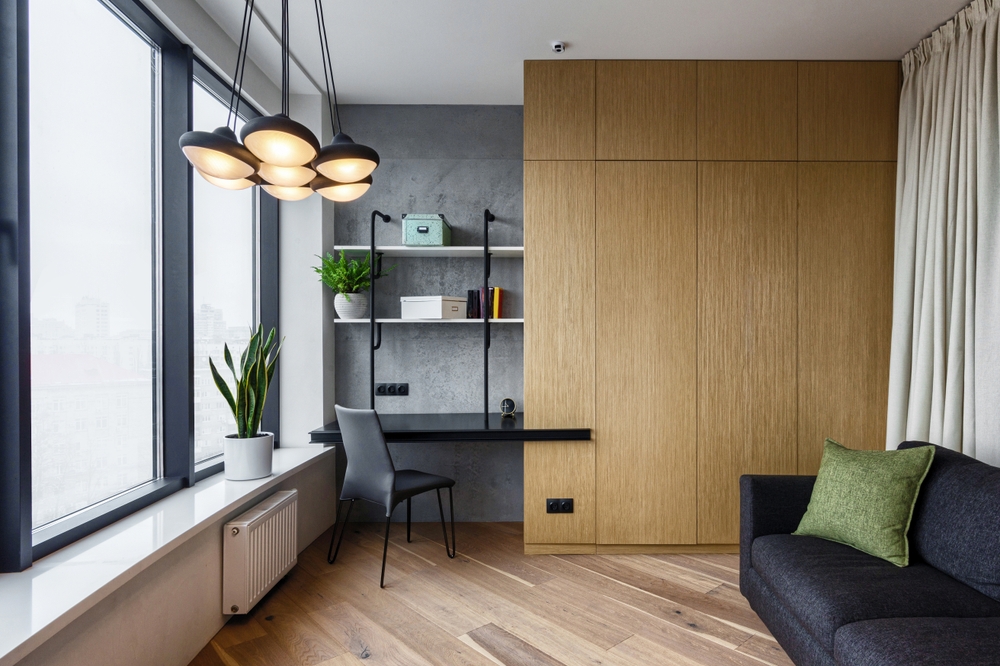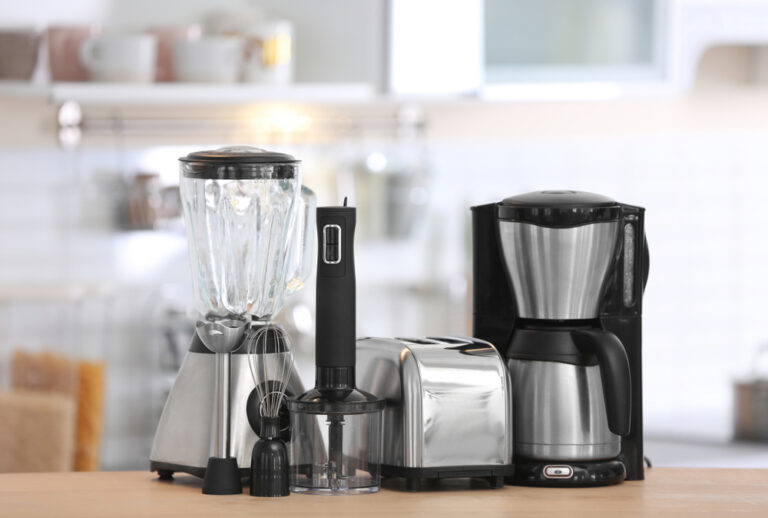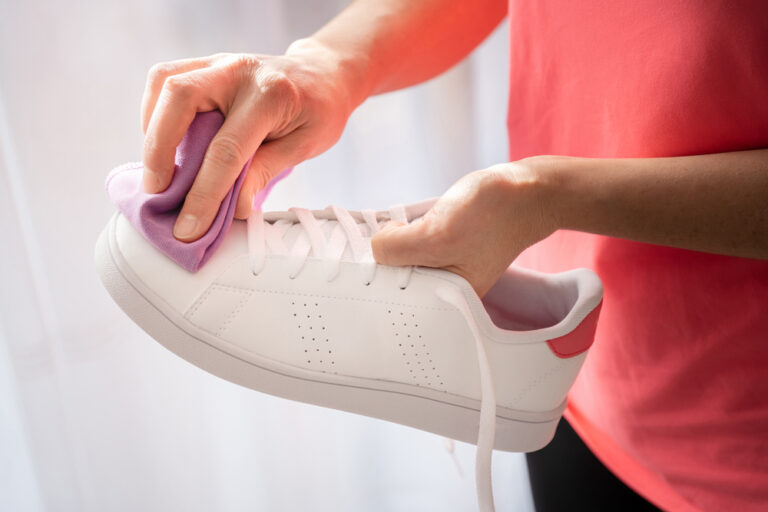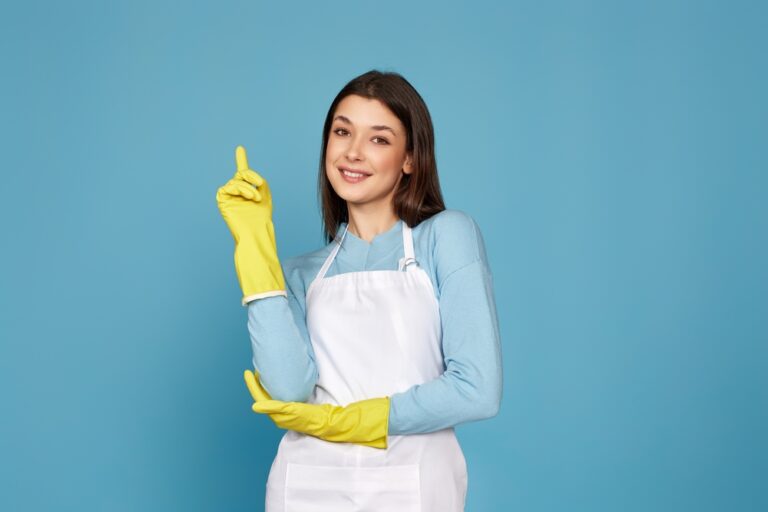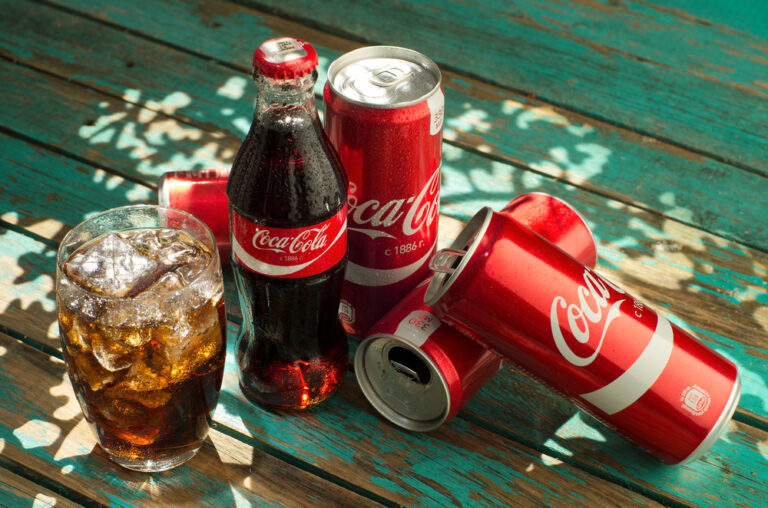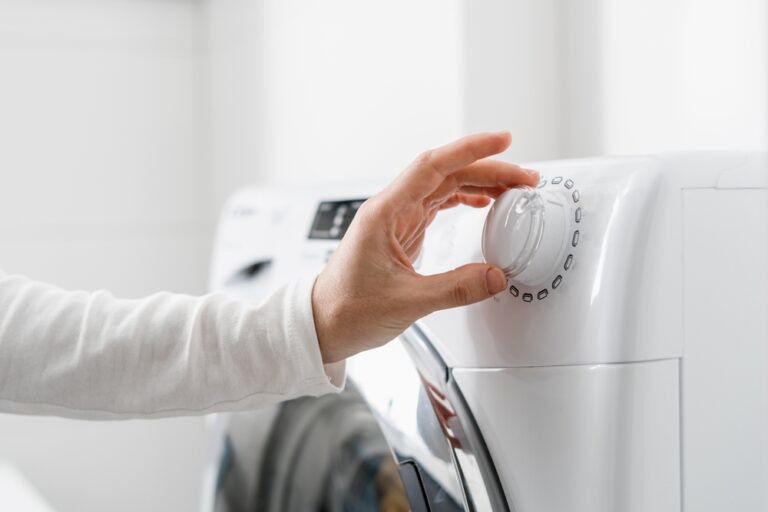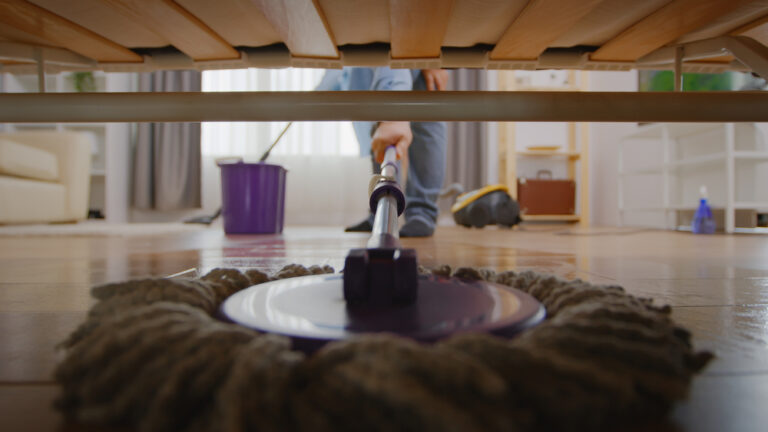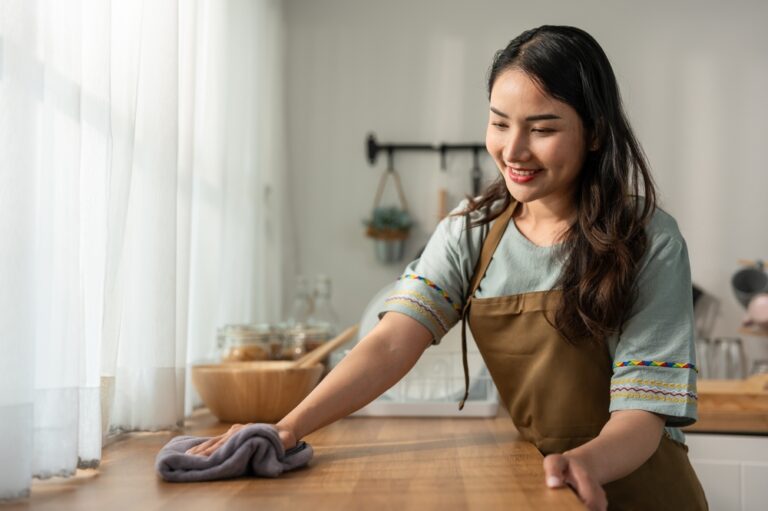Do you know which cleaning products you should not mix?
There’s something extremely satisfying about watching videos on social media with people combining an excessive amount of cleaning products to deep-clean everything from kitchen sinks to toilets.
There’s even a new trend right now on TikTok where users are filming themselves cramming their bathtubs, sinks, and toilets with cleaning products. The trend is called “product overload,” and experts advise that it can be very dangerous.
If you’ve ever fallen down the rabbit hole of this trend, it’s easy to understand why. But, while you may be inspired to try this out at home, you should know there are certain cleaning products you should not mix. Doing this can have disastrous results and even put your health at risk.
According to medical toxicologists, certain cleaning chemicals can be very poisonous when combined, and in general, cleaning products should never be mixed together because of the high risk of unwanted toxic inhalation effects.
Moreover, while many people may think that combining products makes cleaning faster or more effective, that isn’t necessarily true. That old saying about having too much of a good thing fits perfectly here.
So, here are seven cleaning products you should not mix!
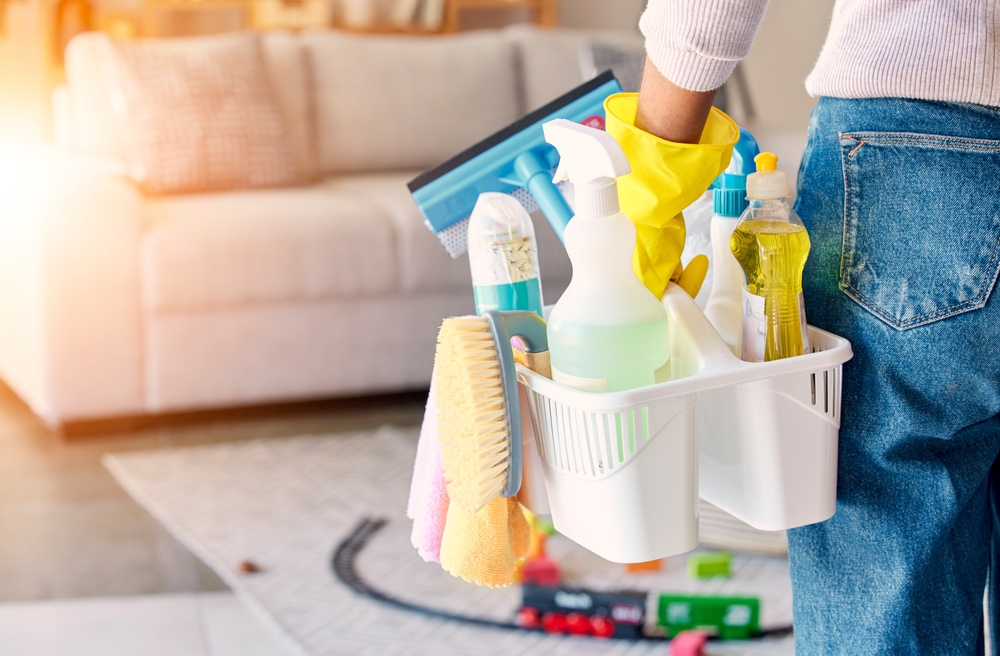
1. Bleach and ammonia
Two of the cleaning products you should not mix, bleach and ammonia, are both powerful substances that may convince you they can make a super cleaner together. Don’t combine them, though, as it can be extremely dangerous.
According to Jenna Arkin, chief innovation officer for a brand of non-toxic cleaning products, there’s no federal law requiring ingredient disclosure on cleaning product labels. This being said, consumers often unintentionally mix things they shouldn’t.
Bleach and ammonia are two common examples of this. Chlorine bleach—found in toilet cleaners, whitening laundry products, and some disinfectants—mixed with ammonia, often found in window cleaners, results in a toxic chemical reaction that creates a fume of chloramine gas. This is a dangerous gas that can hurt your lungs and even be lethal in high concentrations.
While many cleaning products containing bleach state it clearly on the front of the label, it may be less obvious for products with ammonia. Make sure you read the back of the bottle if the front doesn’t specify it. And, when in doubt, search for labels that promote ammonia-free formulas.
2. Toilet bowl cleaner and bleach
Another example of cleaning products you should not mix is bleach and toilet bowl cleaner. We all know that toilets can get quite dirty, and sometimes a quick brushing and one go-round with toilet bowl cleaner isn’t enough to get rid of all the surface gunk.
So, while you may be tempted to pour in some bleach to ensure the porcelain is spot-free, it’s best to avoid temptation. According to Dr. Arbor-Johnson, this is a dangerous combination that can result in chlorine gas.
For healthy people, inhalation of it can cause coughing, irritation of the throat and nose, and even trouble breathing. For those who have COPD, asthma, or other lung diseases, serious respiratory issues can occur after inhalation of the chlorine gas and can even result in death.
While this rule may not apply to every toilet cleaner on the market, it’s usually unsafe to combine bleach with anything. So, next time you feel tempted to do that, remember that these two cleaning products you should not mix can turn into a dangerous combination.
If you’re exposed to chlorine gas and have difficulty breathing, doctors suggest going outside right away to get fresh air. If the irritating symptoms linger after 10 to 15 minutes, if you have asthma or other lung diseases, you may need to go to an emergency room or urgent care center for specialized treatment.
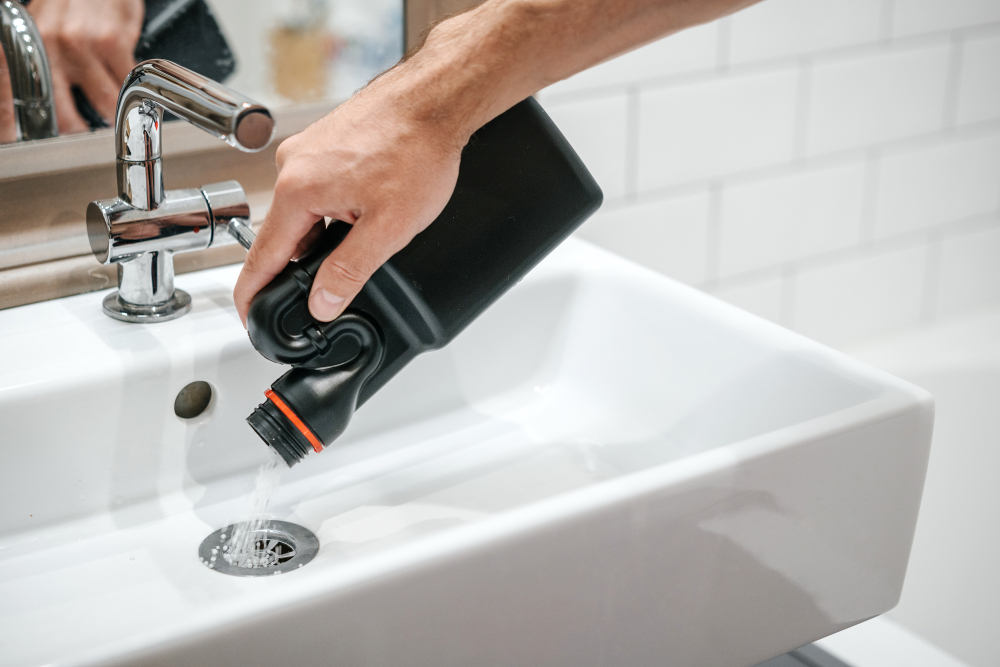
3. Different brands of drain cleaners
Next on our list of cleaning products you should not mix are drain cleaners. Clogged drains are frustrating and require a prompt solution. If Liquid-Plumr doesn’t work the first time, you may be tempted to try another brand, such as Drano.
However, cleaning experts say this is a combination to avoid. According to them, some drain cleaners are acid-based, while others are alkaline-based. Similar to other cleaning products you should not mix, the combination of an alkaline drain cleaner with an acidic one can cause the release of chlorine gas, or worse, an explosion.
This being said, either pour some more of the clog remover you already used down the drain and give it some time to do its job, or call a professional for help.
4. Trichloroisocyanuric acid and oxalic acid
Comet and Ajax powders are household staples that remove tough dirt from pans and pots, ceramic tiles, porcelain, and bathroom fixtures. Similarly, products like Bar Keepers Friends are great for eliminating stubborn stuck-on grease and food from stovetops and pans.
Be careful, though, because these are cleaning products you should not mix. Cleaning powders usually contain trichloroisocyanuric acid, which shouldn’t be combined with oxalic acid-based cleaners like Bar Keepers Friends.
Like many other bad cleaning product combos, these two together can create chlorine gas.
Keep reading to discover other cleaning products you should not mix!
5. Vinegar and bleach
Another example of cleaning products you should not mix are vinegar and bleach. Combining bleach-based products (like Clorox Mildew Remover With Bleach, which you can find here, and Lysol Mold), or chlorine bleach, like Clorox bleach, with cleaning vinegar, white vinegar, or even non-toxic vinegar-based products (like Aunt Fannie’s Cleaning Vinegar), can be hazardous.
According to cleaning experts, mixing bleach and vinegar—or any acidid product or acid, such as toilet cleaner—creates chlorine gas. As already stated, this can result in breathing problems, coughing, watery eyes, and burning.
If you accidentally create chlorine gas, experts say to avoid any impulse to water it down. Not only won’t it work, but chlorine gas and water combine to make hypochlorous and hydrochloric acids, which are also irritants.
What you should instead do is remove yourself and any member of the family, pets included, from the area and get fresh air. If the symptoms don’t go away, seek medical attention.
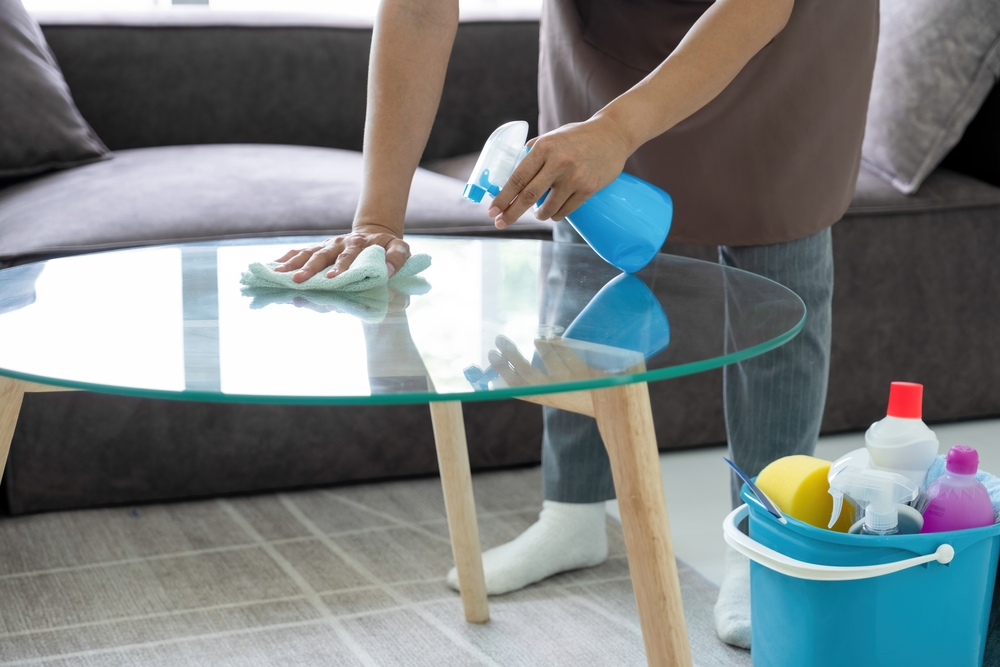
6. Rubbing alcohol and bleach
Next on our list of cleaning products you should not mix are rubbing alcohol and bleach. When it comes to disinfecting things like your countertop or bathtub, making this combo may sound like a good idea, but it’s not because it creates chloroform. This is a highly toxic mix that can harm the skin, eyes, kidneys, liver, and nervous system.
Even if you’re not using pure rubbing alcohol when cleaning, keep in mind that many popular cleaners contain this ingredient, such as Clorox Wipes, Lysol Wipes, and Fantastik Multi-Purpose Cleaner.
7. Vinegar and hydrogen peroxide
Another example of cleaning products you should not mix are hydrogen peroxide-based products and vinegar. Experts warn that, when combined with vinegar, the formers, such as Lysol Multi-Purpose Cleaning Spray, create peracetic acid.
Not only is this combination highly corosive, but it also poses danger to the skin, eye, nose, throat, and even the lungs. You know the saying, “Better safe than sorry”.
If you liked our article on cleaning products you should not mix, you may also want to read Think Twice Before Cleaning These 12 Things With Wet Wipes.


